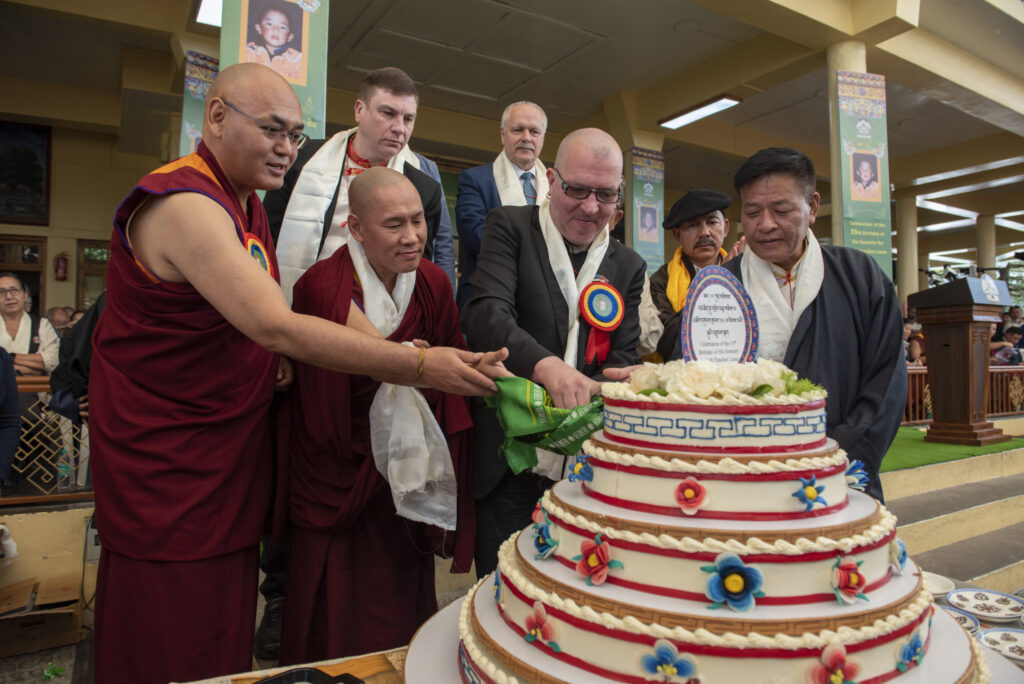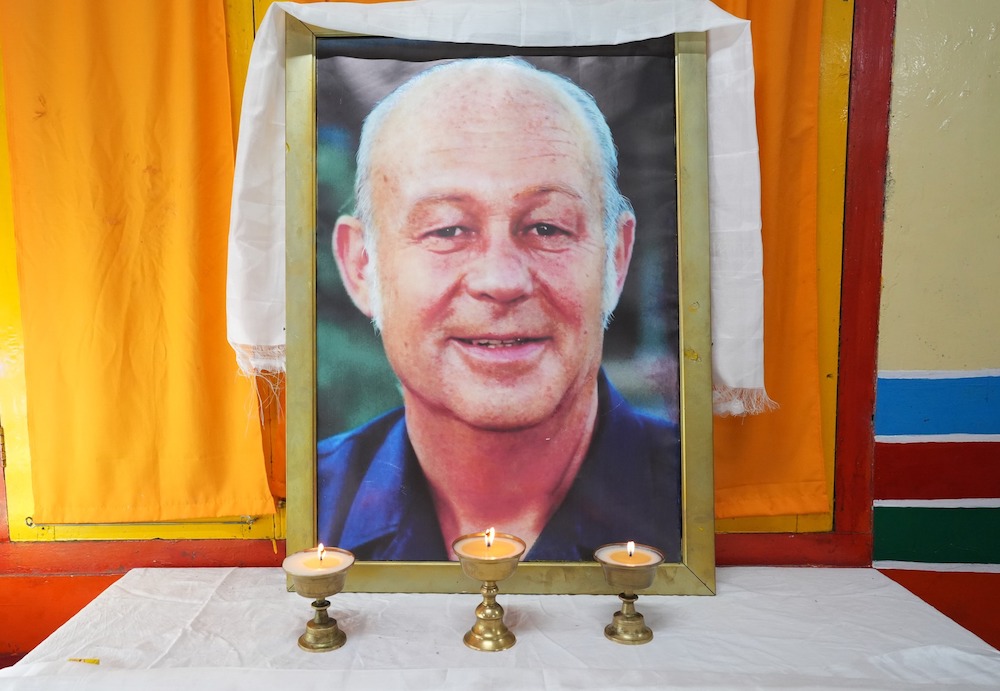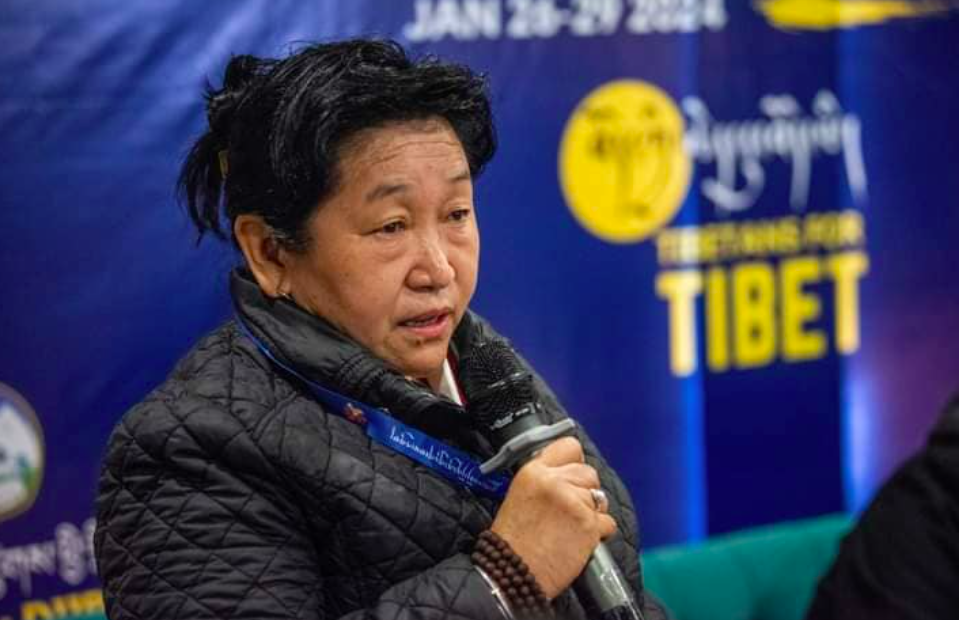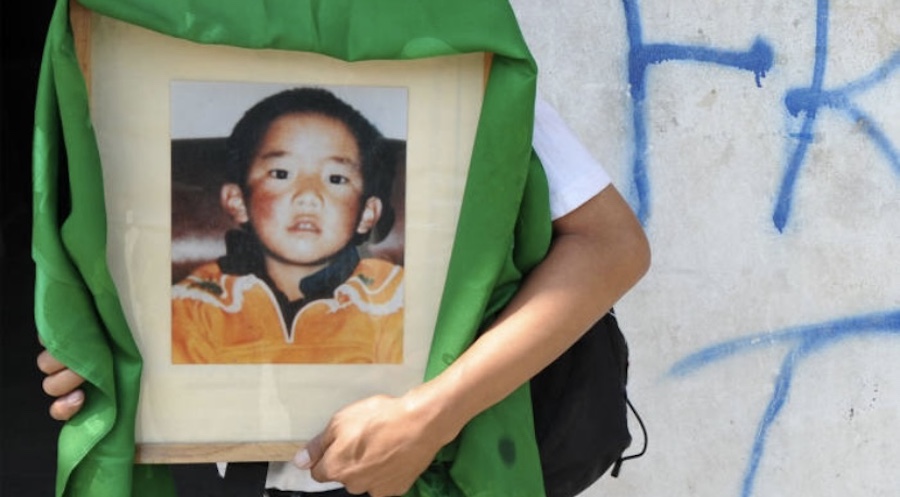 By Zoltan Istvan
By Zoltan Istvan
The small Himalayan city of Leh, in the north Indian state of Jammu and Kashmir near the border of Tibet, awakes to the sound of Muslim and Buddhist prayers broadcast from the main mosque and temple.
By 9 a.m. the streets are bustling with vendors, tourists and soldiers. Elsewhere in Kashmir, a half-century-old political conflict might boil into nuclear war between India and Pakistan. But Leh, with its Buddhist heritage in a predominantly Muslim state, hardly seems to notice.
“There’s no violence here,” says Tsewang Dorjey, a guide who leads Western tourists through Buddhist monasteries near Leh. “The fighting and problems are in Srinagar or Kargil, but not in Leh.”
At 11,500 feet, Leh commands a view of the glacier-topped Himalayas. The Dalai Lama maintains a summer residence right outside of town.
For centuries, Leh and the surrounding Ladakh region was part of Tibet. The Silk Route ran through Leh. With a history rooted deep in Tibetan Buddhism, the people of Leh have a reputation for tolerance and kindness toward their neighbors and visitors.
Leh is one of the few places in Indian Kashmir where soldiers often go unarmed, people of different religious backgrounds shop in each other’s stores and Western tourists walk the streets unafraid late at night.
The Hindu-Muslim conflict centers in the Kashmir Valley, near Srinagar. Within 100 miles of Leh, people in Kargil worry about shelling exchanges along the Pakistan-Indian Line of Control.
Ancient Tibetan-Buddhist Heritage
Leh, tucked away in a corner of the state, is home to an ancient indigenous Tibetan-Buddhist cultural community. “They are culturally and geographically isolated from the conflict and have managed to remain aloof,” says Elliot Sperling, associate professor of Tibetan Studies at Indiana University in Bloomington.
Leh’s population is growing—now at 27,000, up threefold from the mid-1980s. Part of the growth comes from an influx of Hindu and Muslim businesspeople who no longer want to live and work in less stable areas of Kashmir.
“Why should I try to have a vegetable shop elsewhere in Kashmir?” says Mahmud Khan, a Muslim stall owner who relocated from Srinagar. “Here my customers worry about their food, not bombs exploding behind them.”
In summer, visitors throng Leh. Hindus from New Delhi and elsewhere in India come to soak up the cool dry air. Buddhists from all over Asia come to explore and to pray at the region’s 16th- and 17th-century Tibetan-Buddhist monasteries, called gompas. Western tourists come to trek across some of the best hiking terrain in the world.
“Leh is a great place to make a base for treks into the Himalayas,” says English trekker Kevin Davison. “The people around town are so friendly and down-to-earth.”
History of Conflict
The problems in Kashmir date back to 1947 when Britain separated its Indian empire into India and Pakistan, largely by Hindu and Muslim population densities.
Within months of the division, India and Pakistan went to war over Kashmir.
In 1949 the United Nations directed that the Kashmiri people hold a plebiscite to determine the state’s future. The state of Jammu and Kashmir, including the region of Ladakh, has remained in Indian hands. Pakistan holds Azad Kashmir, a small section in southwestern Kashmir, and the Northern Areas, home of the famous K2.
No plebiscite has taken place.
During the last 14 years, the fighting between India and Pakistan has intensified, against the backdrop of Muslim terrorists waging jihad against the Indian government and its troops in Kashmir.
But Leh and the Ladakh region remain an oasis. “I think the Buddhist perspective of tolerance and kindness is part of the reason things are so stable in this region of Kashmir,” says Alex Gillespie, a doctoral candidate in psychology and anthropology at the University of Cambridge who has researched the interaction of tourists and native people in Ladakh.
Geography and climate also help keep the peace. Ladakh is remote and poor in natural resources. The lush and heavily populated Kashmir Valley makes a likelier target.
Winters in Leh are so fierce that they enforce isolation. Snow normally closes the roads to the outside world for six months.
“Leh is one of the safest places to be in Kashmir,” says one Indian soldier who wasn’t allowed to give his name. “When you’re on the front lines, you dream of a place like Leh.”
National Geographic Today, 7 p.m. ET/PT in the United States, is a daily news journal available only on the National Geographic Channel.









